See stunning reconstruction of ancient Egyptian mummy that languished at an Australian high school for a century
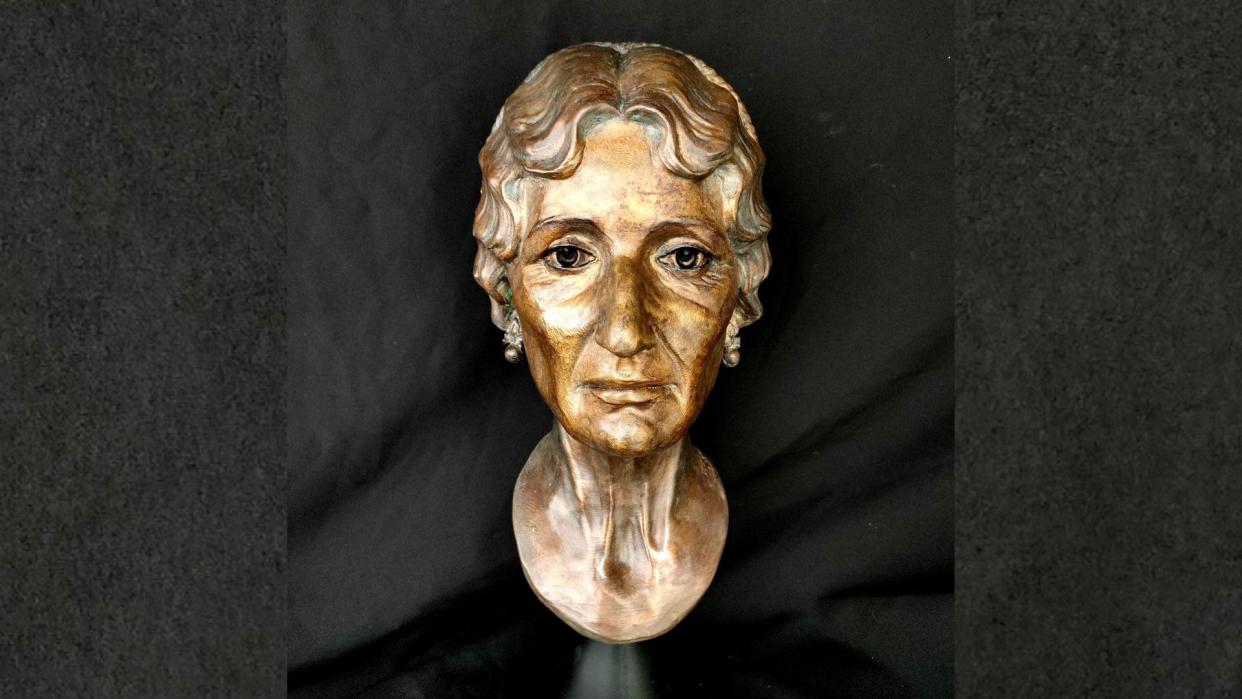
An ancient Egyptian mummified head displayed in a school library in Australia now has a fresh face, thanks to a meticulous scientific reconstruction.
The ancient object is something of a mystery — it's unclear how it arrived at Grafton High School in northern New South Wales, about 300 miles (480 kilometers) north of Sydney, and a century-old note with it only said it was from a "genuine" Egyptian mummy. But it will now be displayed beside 3D-printed sculptures based on medical scans and forensic techniques, to show the reconstruction process and what the person would have looked like when they were alive.
"It takes the emphasis off the human remains," Jennifer Mann, the forensic sculptor who created the reconstruction, told Live Science. "And that's very important, because museums are more and more reluctant to display the remains of ancient people."
Mann works for the Victorian Institute of Forensic Medicine (VFIM) in Melbourne and has sculpted faces for several historical figures, including the reconstruction in 2016 of Meritamun, an ancient Egyptian woman whose mummified head was in the University of Melbourne's anatomy and pathology museum. (Some queens of Egypt had the same name.)
Related: 40 amazing facial reconstructions, from Stone Age shamans to King Tut
For this latest reconstruction, researchers scanned the ancient skull with computed tomography (CT) to create a digital model of the skull, which was then 3D printed in polymer resin so Mann could create a realistic reconstruction.
The scans and analysis by universities in Australia and Italy showed that the head had come from a woman who was between 50 and 60 years old when she died. Flecks of gold attached to the mummified head indicated that she had lived during the Greco-Roman period in Egypt (332 B.C. to A.D. 395), when gold leaf was used in the mummification process. The final sculpture is a lifelike portrayal of an older Egyptian woman with her hair in a Greek style that was popular at the time.
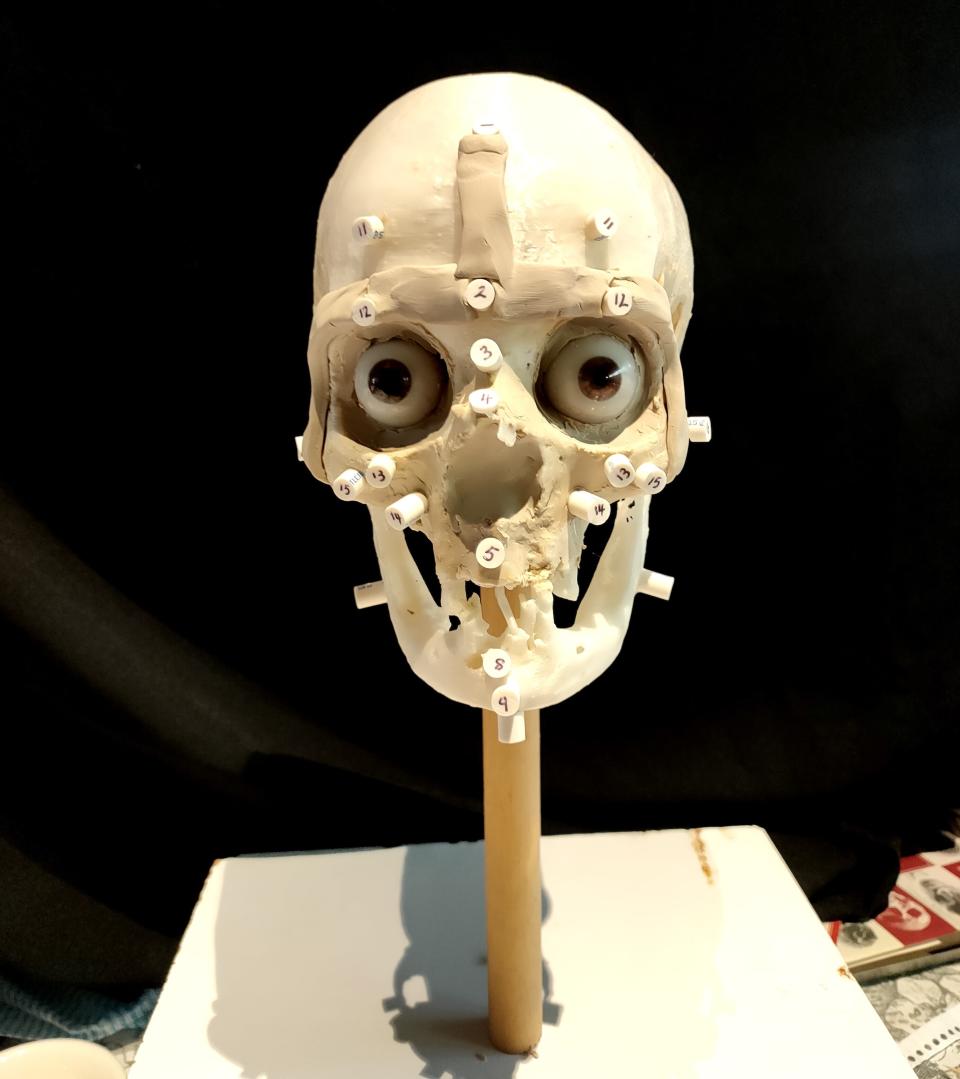
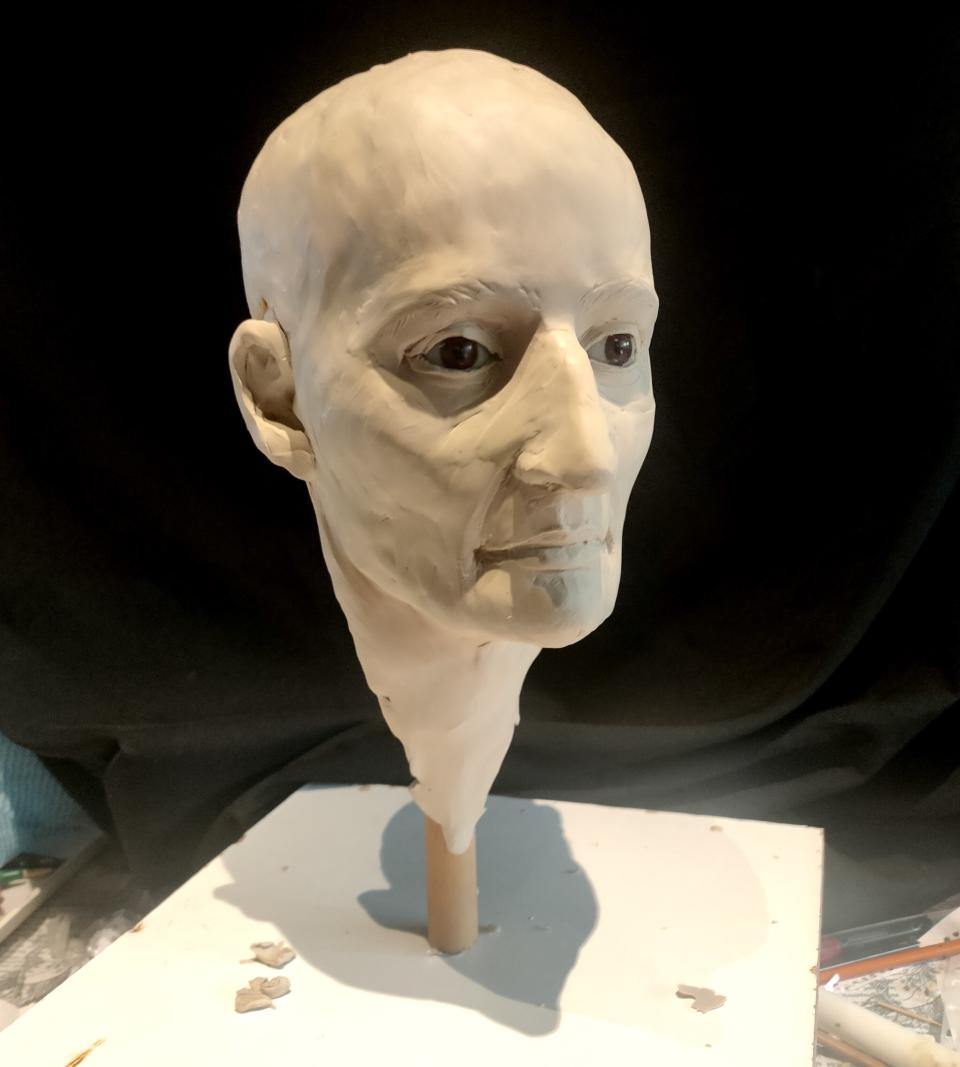
Mystery mummy
According to a report by the Australian Broadcast Corporation (ABC), the mummified head was donated to the school in 1915, after being gifted either by a local doctor — who may have purchased it while he was a medical student in Scotland — or by a local man who was a world-famous Egyptologist.
The school had previously used the head as an educational tool, but it was reportedly rebuffed when it tried to repatriate the object to Egypt or to donate it to a museum in Sydney.
News of the mysterious mummy gained traction, however, when it was reported last year on the ABC's "Stuff the British Stole" podcast, which arranged for the CT scans and the facial reconstruction.
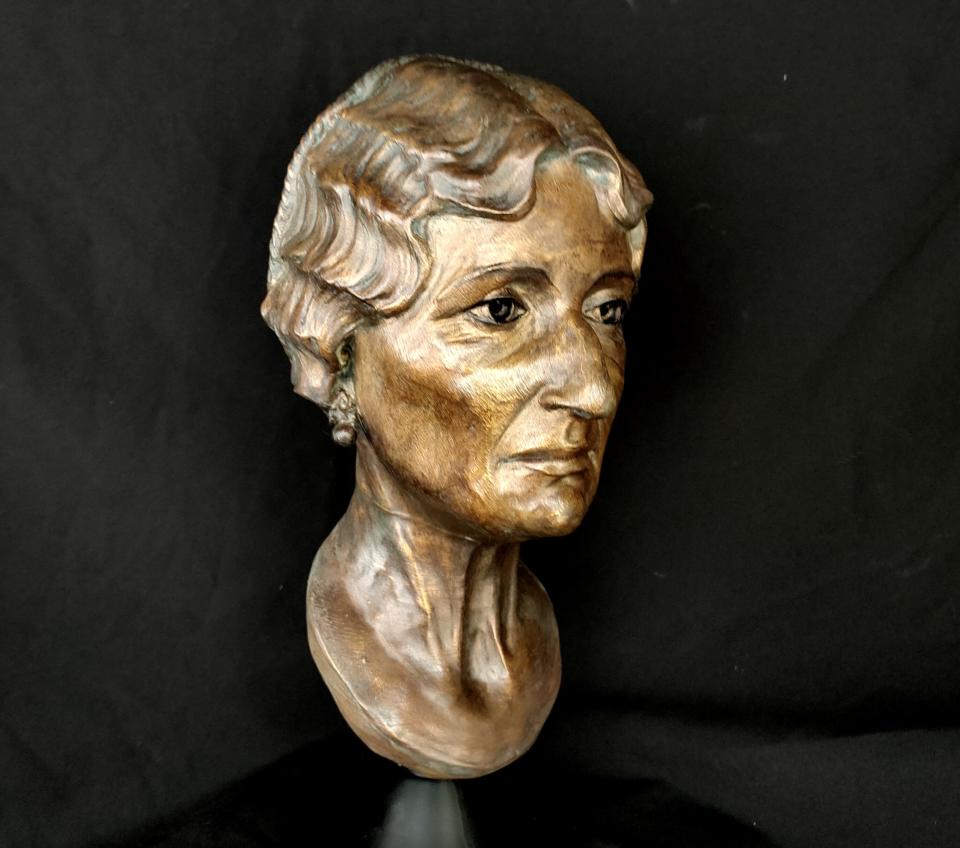
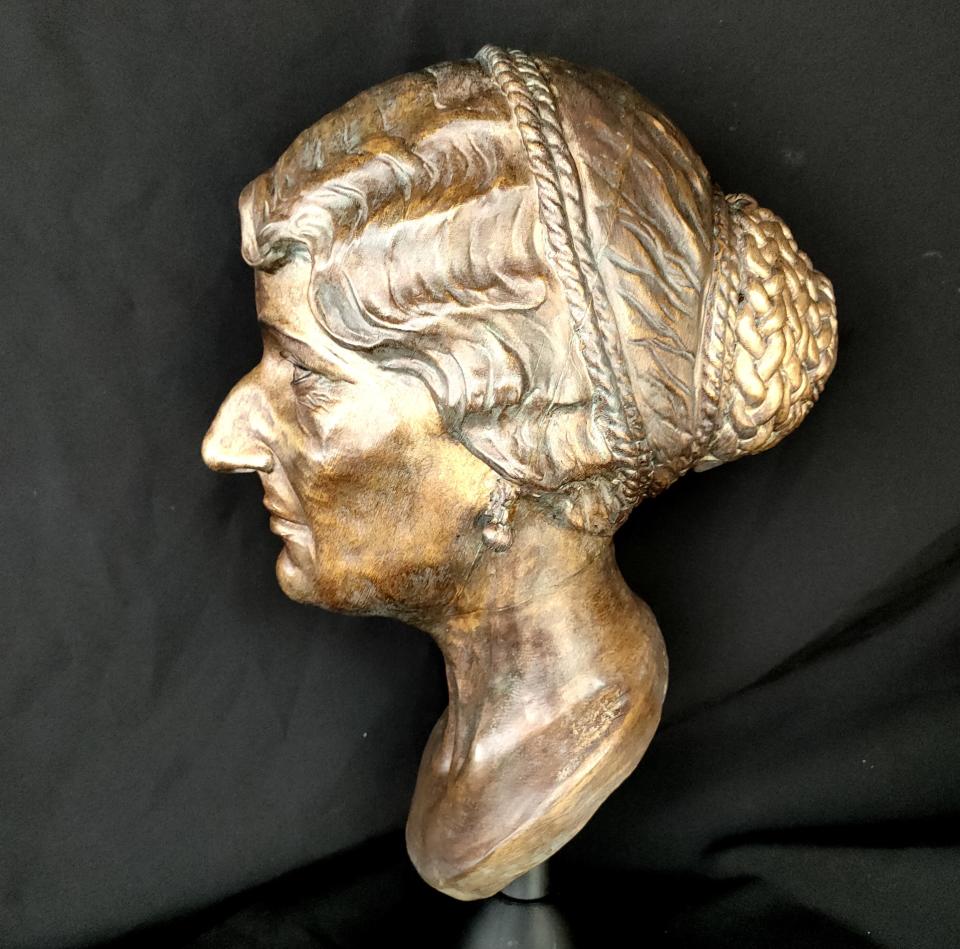
Once Mann received the 3D-printed skull, she added eyes and markers to represent the tissue depth, which were based on ultrasonic measurements of Egyptians living today.
She then created musculature around the markers and used formulas to estimate the soft-tissue features, which can be determined from the measurements of the skull. The nose, for instance, was reconstructed from the angles of bone around the nasal aperture in the skull and from careful measurements of the aperture itself, Mann said.
The mouth on this skull is badly damaged, so Mann determined its structure in consultation with a forensic odontologist, or tooth specialist, at the VFIM.
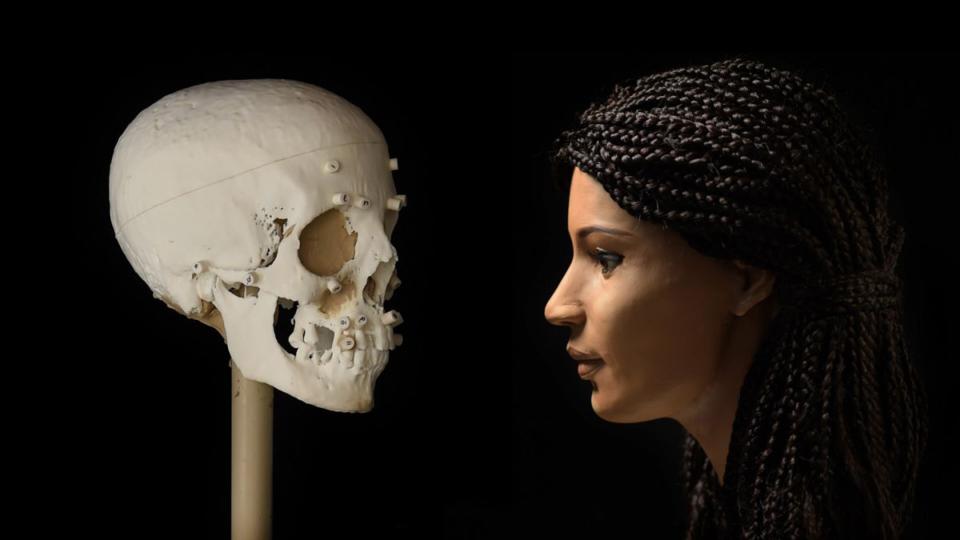
The next stage was to create the skin around the eyes and over the musculature. Mann then finished the reconstruction with a hairstyle and earrings from Egypt's Greco-Roman period, based on the Fayum mummy portraits.
The final sculpture is finished with a bronze-colored resin, which Mann said is better than guessing a skin tone, as people with Egyptian, Greek, Roman and other ancestries lived in Egypt at the time.
RELATED STORIES
—Facial reconstructions help the past come alive. But are they accurate?
—Neanderthal woman's face brought to life in stunning reconstruction
"I now prefer to finish these as a bronze sculpture, so that people are appreciating the facial features," she said. "This is a deliberate choice, because there is no scientific evidence [from recovered DNA in this case] for things like skin tone and eye color."
One of Mann's next projects will be to reconstruct faces of skulls found at Herculaneum, a town near Mount Vesuvius that, like Pompeii, was destroyed in the A.D. 79 eruption.
"I'm very excited about it," she said. "It's fascinating, because the skulls are really well preserved."

